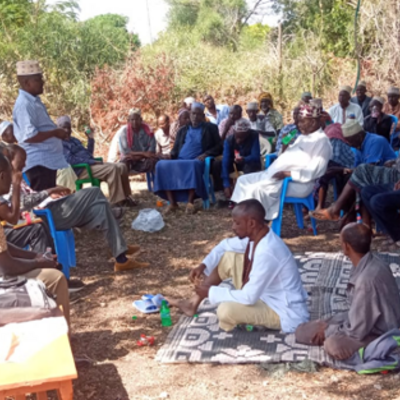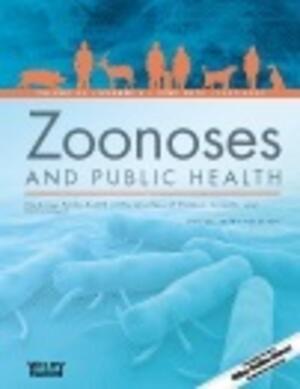
Impact assessment study of the Nigeria avian influenza control and human pandemic preparedness and response project
In 2006, the Federal Government of Nigeria received a World Bank credit of USD 50 million-equivalent provided under the Bank’s Global Program for Avian Influenza and Human Pandemic Preparedness and Response. This was in response to a request by the Government of Nigeria following an avian influenza outbreak detected in the country in early 2006.
Nigeria was the first country in Africa to be affected by the H5N1 virus, with highly pathogenic avian influenza (HPAI) outbreaks initially reported in the Kaduna State and confirmed by the Minister of Agriculture and Rural Development on 8 February 2006. The disease spread rapidly to 97 Local Government Areas in 25 States and the Federal Capital Territory, and some 440,000 birds were culled in the first two months of the outbreak. The country subsequently suffered waves of HPAI outbreaks that peaked twice: in February 2006 and February 2007.
The outbreaks affected 3037 farms causing 1.3 million of the country’s estimated 160 million birds to be destroyed, at a cost of USD 5.4 million paid in compensation by the Government. The last outbreak of the first wave of disease was recorded in the Anambra State in October 2007. The disease was again reported on two farms in July 2008 in Kano and Katsina States, and was quickly brought under control.
The project development objectives were designed to support government efforts to minimize the threat posed by H5N1 to humans and the poultry industry, and prepare the necessary control measures to respond to a possible influenza pandemic.
To achieve these objectives, the project supported three sets of interventions: (1) response and containment, (2) control and prevention and (3) preparedness and planning. The project had four components: (1) animal health, (2) human health, (3) social mobilization and strategic communication, and (4) project management and coordination.
An implementation status and results report prepared in November 2010, and two implementation completion review reports, one by the project and the other by the World Bank, referred to the lack of an end-of-project impact assessment of the success or failure in meeting the intended project outcomes.
It was against this backdrop that an independent impact assessment study was carried out with the objective of understanding better:
- how and, where possible, how much the project activities and outputs have contributed to the outcomes; and
- how the outcomes have contributed to the primary impacts of interest, namely, reducing the risk of HPAI to poultry and humans and improving public health preparedness for a pandemic
















